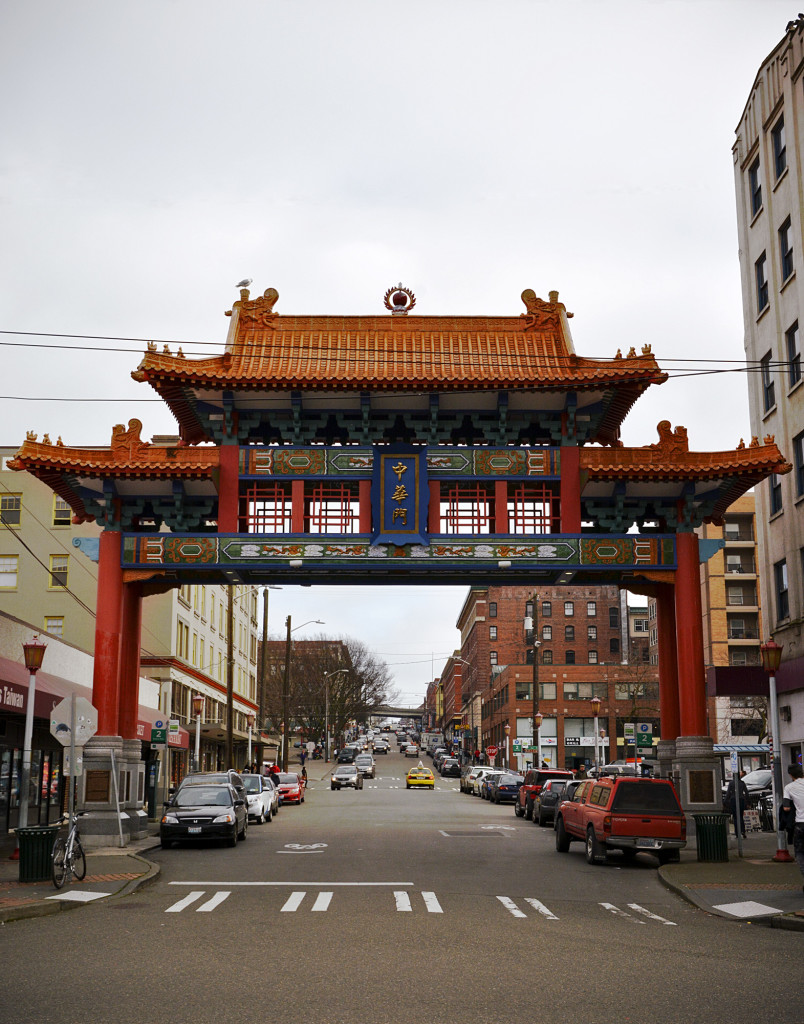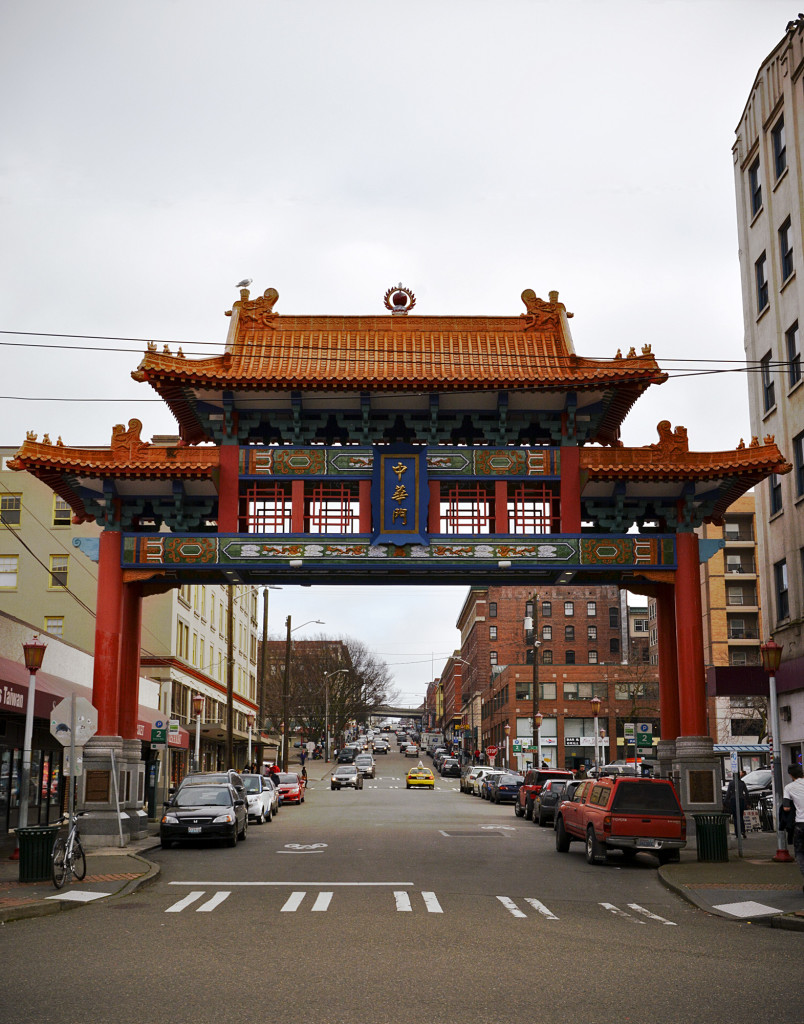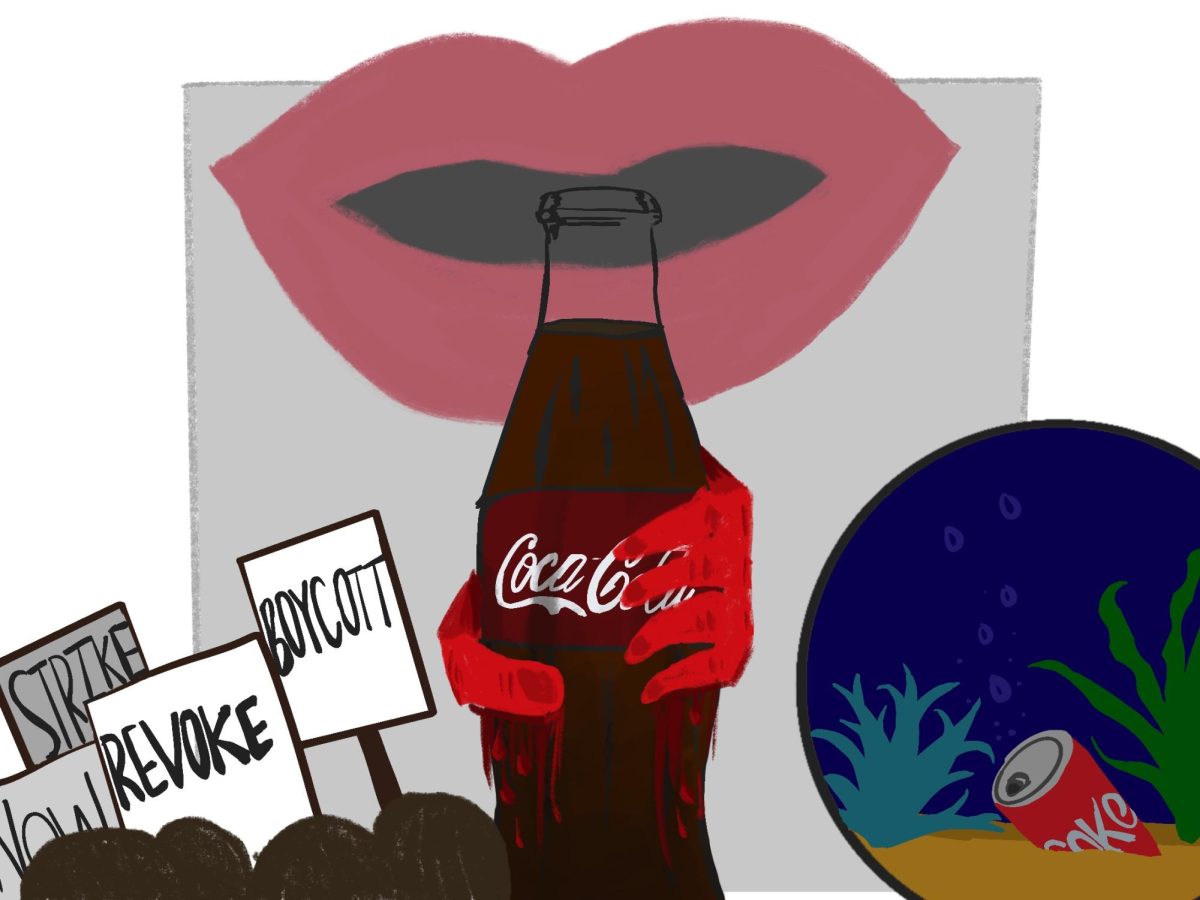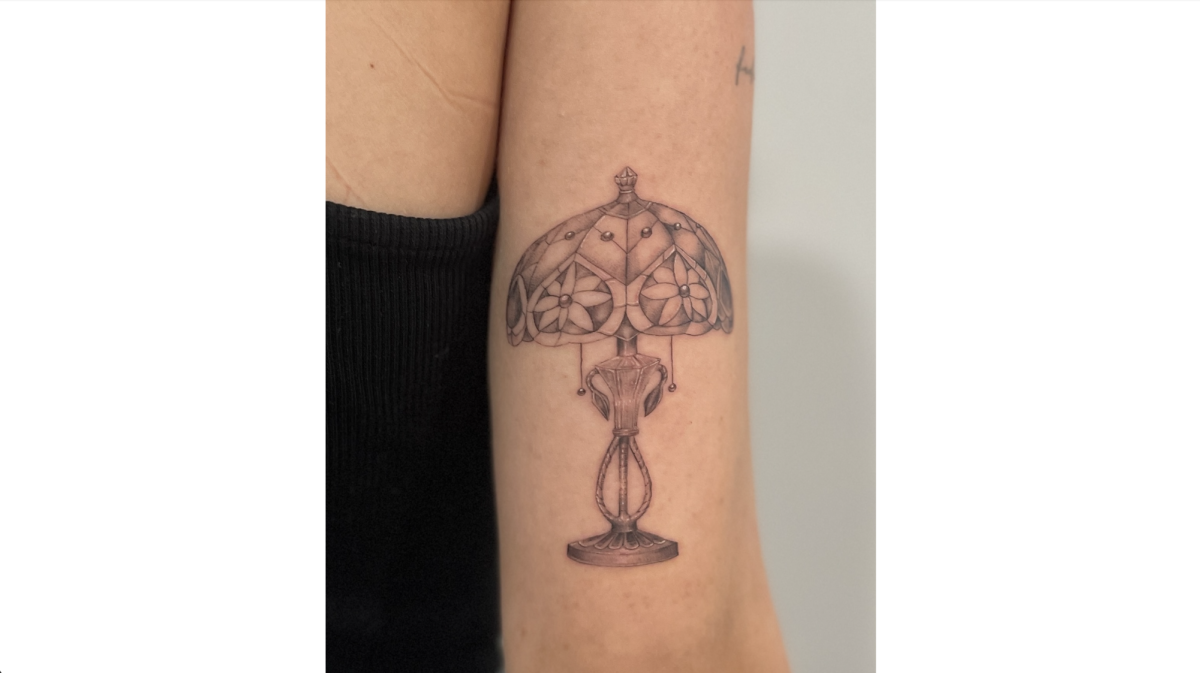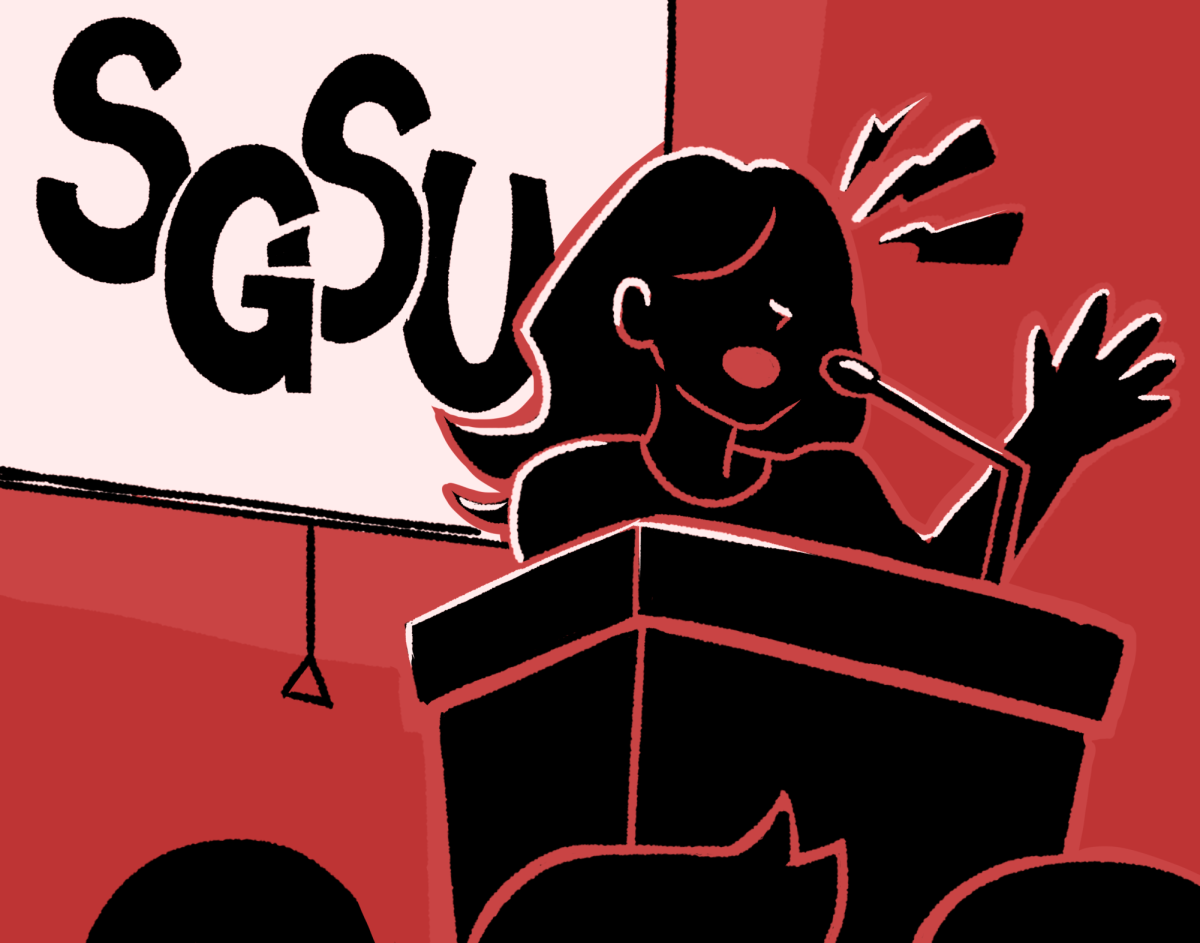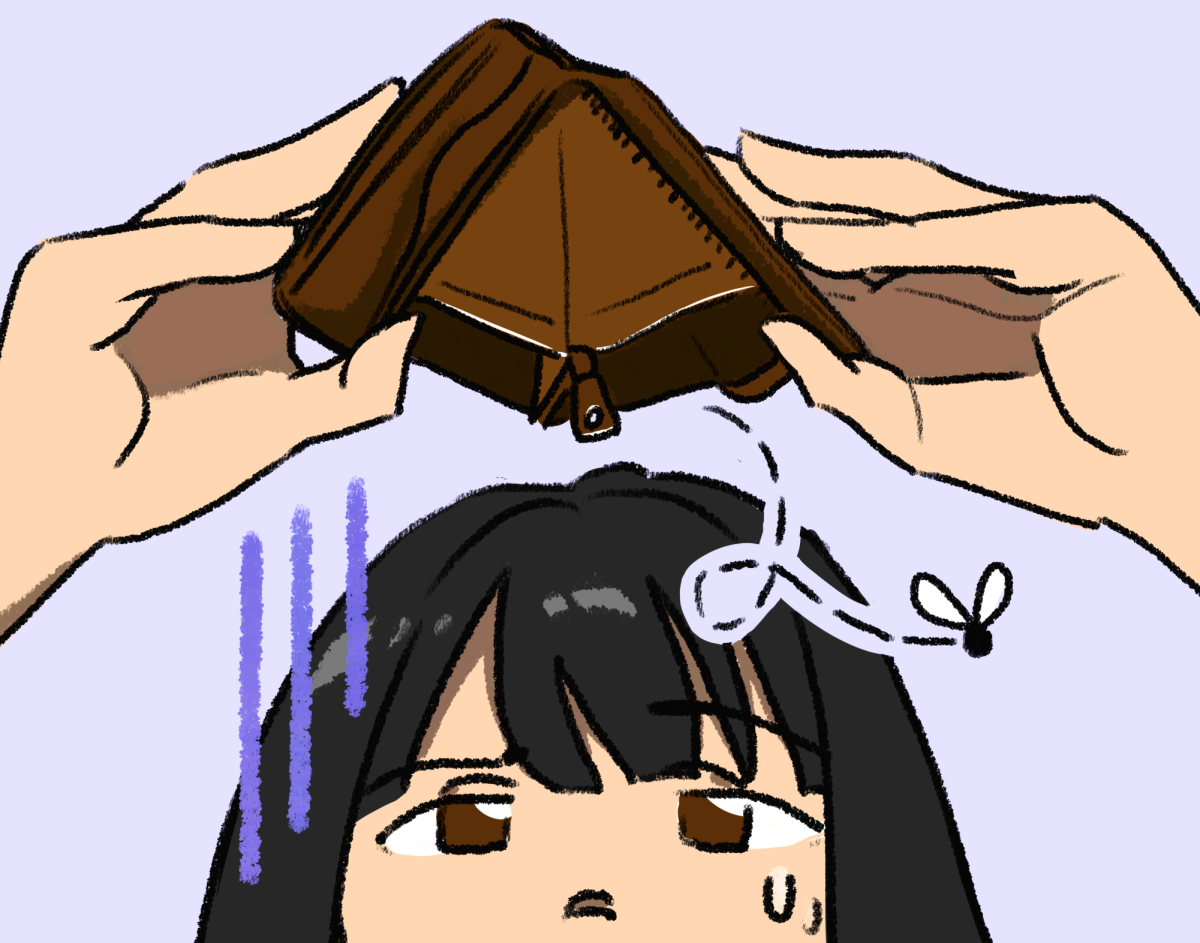Almost a month since the fire broke out, a chain link fence still blocks off large chunks of King Street and Maynard Alley. The blockade keeps pedestrians away from the “collapse zone” of a fire-damaged building with 140 years of history.
Perceptions that the International District (ID) is unsafe and unclean have kept Seattleites at a distance for years, which has forced many small businesses in the area to shutter. Increased parking rates, illegal dumping in the neighborhood’s once-lively alleys and disruptive streetcar construction have all taken a toll on the district. The Hudson Building fire, which uprooted popular businesses like Mon Hei Bakery and Liem’s Aquarium, was just the tip of the iceberg.
“There are a lot of questions the fire raises about the status of a lot of the historic buildings in the neighborhood,” said Maiko Winkler-Chin, executive director of the Seattle Chinatown-International Preservation and Development Authority. “Is this a wake-up call for property owners to start thinking about what it is they should be doing with their properties? Is it a wake-up call for the city?” It seems like it could be.
“Everyone came together,” said Don Blakeney, executive director of the Chinatown-International District Business Improvement Area, of the community’s reaction to the fire. “I’ve been working in the neighborhood for four years now and I’ve never really seen it in action like that after adversity.”
The flames brought more attention to the neighborhood than it’s seen in years and, in the face of tragedy, the community rallied with more spirit than expected. The abandoned building is now a visible reminder that much of the neighborhood must be redeveloped in order for it to survive.
Property owners will be required to upgrade Chinatown’s older buildings in accordance with new city ordinances in the next several years, which would include equipping them with fire protections and up-to-code reinforcements.
This places the ID on the brink of a perfect storm.
Plans for housing construction are in the works across the neighborhood. The completion of the First Hill Streetcar—set to be up and running this year—will likely attract more consumers to the area. The arts community, which has been quietly reviving the neighborhood’s empty lofts and storefronts for the past three years, continues to grow at a rapid pace.
If these plans come to fruition, and the artistic community continues to grow, the ID will be well on its way toward becoming the city’s new “it” spot. Within 10 years, Blakeney thinks the ID will see a major turnaround—it will be “the most exciting neighborhood” in all of Seattle.
(Story Continued Below)
On one side of 6th Avenue and King Street, handfuls of businessmen with leather briefcases hustle around a shiny, contemporary office building. Sandwiched between the beginnings of Pioneer Square and endings of the International District, the metropolitan island hosts corporate occupants like Getty Images and Intel. At street level, a Starbucks and Tully’s look out of place amid the ID’s humble mom-and-pop shops.
Across the street, the dilapidated Publix Hotel awaits its slated renovation date—windows are broken in and the front lobby of the building, obscured by layers of grime and cobwebs, looks more like a cave than an empty urban space. Drug addicts and drunks often wander along the sidewalk below.
This stretch of 6th Avenue speaks to both the troubled recent past of the neighborhood and its possible future. As big businesses begin to cocoon the district and the streetcar nears completion, development is beginning to occur at a rapid pace in the ID.
In July, The Seattle Times reported that Asian grocery chain Uwajimaya would revive the Publix Hotel, which has been largely unoccupied since it closed in 2003. Although it was once a low-cost refuge for migrant workers from Asia, the historic building fell into disrepair after high maintenance costs forced the hotel to shut down. Now, Uwajimaya plans to make the Publix a market-rate apartment complex that will economically diversify the neighborhood.
Blakeney thinks that housing projects like the Publix will be the neighborhood’s linchpin in coming years. Right now, the ID can’t compete with the verve of highly populated areas like Capitol Hill, which boasts 20,000 to 25,000 housing units on average. The ID has only a meager 2,000 to 3,000.
Although the Publix’s renovation is, perhaps, the most publicized development underway in the neighborhood—and housing may very well be that linchpin that pushes the ID into a needed redevelopment stretch—major real estate and cultural changes have been brewing within the district for years.
Seattle’s creative class was one of the first to spot potential in the run-down district. Home to hundreds of working artists, the ID is secretly one of the city’s biggest art hubs. In the past two years alone, the International District has built, opened or secured funding for 237 working art spaces. These new art spaces have meant quiet renovation for much of the ID.
Rising rents and decreasing vacancies across the city have been pushing artists out of “hip” neighborhoods like Capitol Hill and Fremont and into low-cost areas marred by barren storefronts. Although many of the ID’s restaurants and stores struggled in recent years, artists have managed to thrive in the cheap commercial spaces, lofts and factory basements the shuttered businesses left behind.
In 2004, John Bisbee and his wife opened the KOBO gallery in the abandoned space once occupied by Higo general store. Located in the heart of Japantown, KOBO now hosts art-related community events and sells work by local artists of primarily Asian-Pacific descent. Many cite KOBO as being the first art-minded venture to really attract artists from outside the international community to the ID.
“[KOBO and Momo] have…led the way in the neighborhood toward a different kind of business that reaches toward more contemporary possibilities for the neighborhood,” said Beth Cullom, owner of the nearby Cullom Gallery.
Japantown now has the greatest concentration of high-end art galleries in the neighborhood. One block from KOBO, on Main Street, the H.T. Kubota building houses 17 studios occupied by a number of commercial galleries like Prole Drift, Nin Truong’s WKND Studio and Bryan Ohno’s Urban Art Concept.
“We’ve definitely changed the balance in this area,” said Bisbee.
Other artists occupy street-level spaces because of Storefronts Seattle, a neighborhood support program that puts art and artists into vacant retail spaces, which former project manager Matthew Richter called “missing teeth.” Every empty storefront the program fills citywide is renovated and, for three years, Storefronts helped beautify 11 windows in the ID, making it the program’s most populous neighborhood to date. The goal of the program is to “brighten” dead street corners in hopes of attracting more business owners, residents and consumers to a neighborhood.
“It’s not just that [Storefronts] can fix spaces. It’s that people want to live upstairs from the gallery,” Richter said. “People want to live upstairs from the art installation. People want to open a café next to the gallery.”
But most of the Storefronts artists didn’t stay in the ID long—studios are offered only temporarily—and neither did the organization, which moved its headquarters out of the ID in the latter half of 2013. Still, three installations—Tuesday Scarves, the Pinball Museum and the Massive Monkeys dance studio—found permanent homes in the area. Although it cannot be directly attributed to the program, Winkler-Chin noted that vacancies have markedly decreased in the ID over the past year.
But the Japantown galleries and Storefronts studios are just the tip of the artistic iceberg—hundreds of other artists are working in hidden lofts and basements throughout the district.
“There’s a lot more happening than what you can see walking up and down the street,” Winkler-Chin said.
Dirk Park and Jaq Chartier, who lease Japantown’s H.T. Kubota building, also lease a second, less visible artist complex in the ID—with 45 studio spaces, it’s far bigger than their Japantown hive. In 1996, Seattle University former artist-in-residence Mary Peters opened an artist hive called Noodleworks in the basement of an old fish factory.
But even those sizeable arts complexes look modest in the shadow of the INScape hive, which occupies the city’s former Immigration and Naturalization Services Building on the fringe of Chinatown. INScape is the biggest art space in the entire city and it’s also one of the cheapest.
In its 19th and 20th century heyday, the INS Building was one of the highest-security compounds in the U.S., detaining about 750 undocumented immigrants at a time. During the Gold Rush, the government hid gold reserves in a large safe on the fourth floor. Today, it stores the art supplies of well-known Seattle painter Tracy Boyd.
In 2011, former INScape property manager Sam Farrazaino turned the INS building’s dormitories, cells and offices into 125 studio spaces. Instead of immigrants, prisoners and government officials, the building now holds tenants like Urban Artworks, XBOT ROBOTICS, and fashion designer Michael Cepress.
Before Farrazaino claimed, redeveloped and resurrected the building, it was a forgotten monument gathering dust at the edge of a sleepy neighborhood.
Although theories about these artists’ effect on the urban cycle of development have yet to be agreed upon—like the chicken and the egg, the question has no answer—many believe that art can make or break the future of a neighborhood.
“It’s the story of so many cities and neighborhoods that the creative class comes first and then after that comes higher-end commitments by commercial real estate,” Cullom said. “First the area is forsaken, then a few people come in and then it hits a critical mass.”
If the neighborhood continues to plug along on its upward trajectory—that is if housing is erected, the arts community continues to grow, and property owners address the shaky state of the historic buildings in their care—the ID will likely reach its critical mass within the decade.
Judging by the community’s active response to the Christmas Eve fire, Blakeney’s prediction that the ID will be “the most exciting neighborhood” doesn’t seem too far-fetched. Right now, the CIDBIA plans to construct a lively parklet in one of the district’s “dead zones” and expects to rid the alleys of overflowing dumpsters by the end of the year. They’ve also launched a campaign to expand the iconic Hing Hay Park. SCIDpda aims to turn the run-down Bush Hotel into a co-working space for artists, designers and young entrepreneurs.
As far as the ruined Hudson Building goes, progress has already been made—the tragedy forced property owners to sit down with the building’s former occupants for the first time in 30 years. The fire may have sparked a promising future for the ID.
Kellie may be reached at [email protected]





